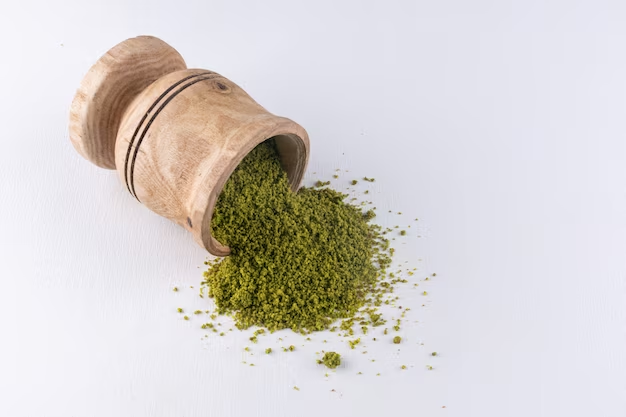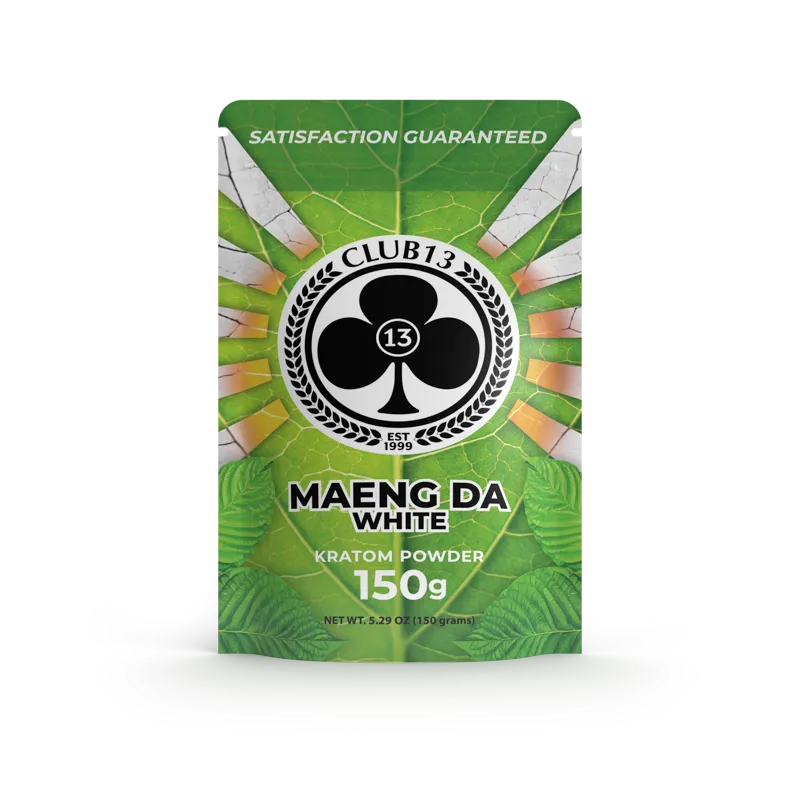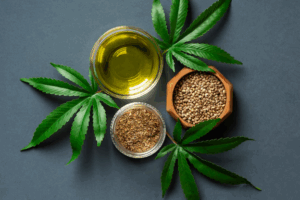Trainwreck Kratom: What It Is & Why People Love It
If you’ve explored the world of kratom, you’ve probably come across Trainwreck Kratom — a name that’s bold, a little mysterious, and often mentioned by
Due to holiday carrier volume, some orders may be delayed.

Kratom, a botanical substance native to Southeast Asia, has gained popularity worldwide for its potential effects. Among the various strains available, Green and White Vein Kratom stand out as two distinct varieties, each with its unique properties and benefits. In this comprehensive guide, we’ll delve into the characteristics, differences, and potential benefits of Green and White Vein Kratom.
Kratom, scientifically known as Mitragyna Speciosa, is a tropical tree indigenous to regions like Thailand, Malaysia, Indonesia, and Papua New Guinea. Traditionally, the leaves of the Kratom tree have been used for centuries for their stimulant properties. This Kratom plant is used to form different Kratom products like Kratom powder, capsules, extracts, and many more. Today, Kratom is available in various strains, with green Maeng da Kratom, white Kratom, and red Kratom, but the most popular debate arises between green vs white vein Kratom. Do you wonder why? Read further to unlock the mystery here.
Kratom is also known to be derived from the coffee family and is available in various strains, each distinguished by its unique composition and effects. The three major types of Kratom strains are Red Vein, Green Vein, and White Vein.
Red Vein Kratom, also known for its well-being properties, Red Vein Kratom is harvested when the leaves reach full maturity, resulting in a higher concentration of 7-hydroxy mitragynine, a key alkaloid associated with it. Drying these leaves involves exposure to a UV lamp or direct sunlight, and occasionally, fermentation is incorporated into the process, giving rise to bentuangie kratom. The designation “Red vein kratom” originates from the distinctive reddish hue evident in both the stems and veins of the plant.
Green Vein Kratom is renowned for its balanced nature, combining elements from both Red and White Vein strains. The leaves are harvested at a moderate stage of maturity, resulting in a vibrant green color. The alkaloid profile of Green Vein Kratom tends to contain a moderate amount of both mitragynine and 7-hydroxy mitragynine. Positioned between the White Vein and the Red Vein, the Green Vein Kratom offers a balanced experience.
Harvested at a moderate stage of maturity, it contains a mix of mitragynine and 7-hydroxy mitragynine. Users often appreciate green Kratom effects. Following the harvest of green vein kratom leaves, they undergo initial indoor drying, usually in a climate-controlled room. Subsequently, the final stage of the drying process takes place outdoors.

White Vein Kratom is characterized by its bright white or pale green color, indicative of its younger leaves. Harvested at an earlier stage of maturity, White Vein Kratom tends to have a higher concentration of mitragynine and lower levels of 7-hydroxy mitragynine. After harvesting, white vein kratom leaves are dried indoors, excluding any exposure to outdoor or natural light. In its indigenous region, traditional cultures attribute mild white Kratom effects.
Yes, delving into the diverse strains of kratom provides valuable insights into the nuanced effects and characteristics each variant offers. From the White Vein to the best attributes of the Red Vein, and the balanced qualities of the Green Vein, understanding these distinctions empowers individuals seeking specific outcomes. Whether it’s the methodical drying process or the significance of sourcing from reputable vendors, familiarity with kratom strains enhances the overall experience.
As enthusiasts explore the world of Kratom, recognizing the unique traits of each strain becomes paramount for making informed choices and maximizing the benefits derived from this natural resource. When acquiring kratom, it’s crucial to ensure the product’s top-notch quality. Avoiding additives or fillers is essential for a pristine product. Opting for kratom from small, family-owned farms is a wise choice. Subpar companies may lead to imperfect leaf processing and require clean, well-maintained machines for optimal results.
If you’re considering wholesale kratom purchases, explore Club13 Herbals online store today for a comprehensive selection of products!
1) What is the primary difference between Kratom strains?
The primary difference lies in the color of the veins on the Kratom leaves at the time of harvest. Red Vein strains are associated with well-balanced effects, Green Vein strains offer a balanced experience, and White Vein strains are known for their stimulating effects.
2) How to find the right Kratom strain?
Choosing the right Kratom strain depends on your choices. All the Kratom strains have varied properties irrespective of whether it is red, white, or green.
3) Can I mix different Kratom strains?
Depending, users practice “blending” by combining different Kratom strains to achieve their desired properties. Kratom blends can work with this option available online.
4) Are Kratom strains safe to use? While Kratom is generally considered safe when used responsibly, it’s crucial to be aware of individual choices and consult with a healthcare professional, especially if you have pre-existing health conditions or are taking medications.
If you’ve explored the world of kratom, you’ve probably come across Trainwreck Kratom — a name that’s bold, a little mysterious, and often mentioned by

What Is Kratom Seltzer? Everything You Need to Know Move over, hard seltzers — a new kind of botanical brew is making waves. Kratom seltzer

Top 7 Kratom Capsules That Work (And Where to Get Them) With the growing number of kratom brands entering the market, finding quality capsules you
Why Red Maeng Da Kratom Is the #1 Choice for Daily Buyers In the world of kratom, Red Maeng Da is one of the most

Plants like Kratom and CBD have received significant attention in recent years for their potential to improve overall wellness. As these two substances continue to